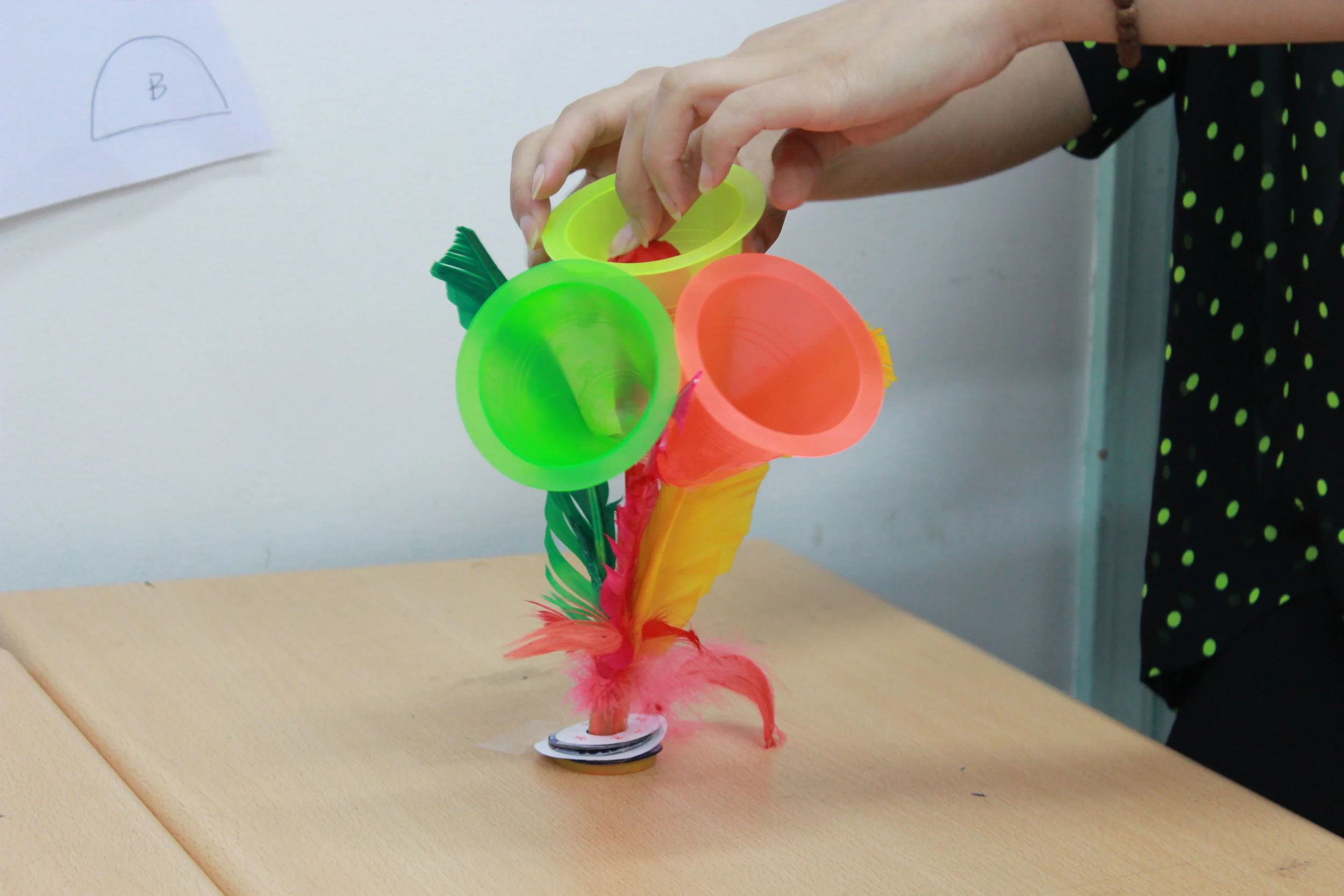Designing activities, tools and pedagogies for social dreaming in Middle School education
DESIGNING learning environments for social dreaming: from inquiry to insight, and action
Role: Researcher | Project: Thesis Project in the MFA in Transdisciplinary Design, at Parsons School of Design; New York, Mumbai, Beijing and Shanghai (2015-16). Team: Ricardo Dutra and Sonali Ojha (Dreamcatchers Foundation)
*3 countries, 100+ interviews, 7 participatory workshops, 6 immersive journeys (for observation and sensing) and 2 prototype iterations
When a 5-year-old child enters the education system, the world is very different from the one he will encounter at the age of fifteen. However, how much of the education system is preparing students to act in a world that is getting built? In my thesis project for the MFA in Transdisciplinary Design at Parsons School of Design, I used design thinking, civic engagement and social-emotional learning to investigate, imagine, and test preferred possibilities for the future of learning in ways that promote social agency. I investigated the reality of Middle School students in three very different contexts: Mumbai, Beijing and New York, hosting participatory workshops with teachers, students and designers. I understood that the narratives of the future young people draw upon are closely associated with their meaning-making of the present and the past, and influence their sense of agency. In this 1 year project, I designed and prototyped classroom activities that teachers could facilitate with their students, in order to explore and expand the student's perspective and sense of agency in regards to the emerging future. I also proposed a professional development framework for teachers, through online education, so they themselves could begin to leap into new frames of reference about the present and the future.
Video – Thesis presented in the MFA in Transdisciplinary Design at Parsons School of Design, New York (May, 2016).
“I recently heard of design thinking, and reading about it, I realized some of it we already do it at the school. So, why is it communicated as ‘separate’? We do it because we see the need, however we do not know entirely how to apply it.”
OUR approach:
*design process used to create future scenarios for learning included visits to schools that are benchmarks in India, China, and the USA combined with ideation workshops in which designers and educators would translate trends and insights into prototypes for the future of learning
*educators and designers tinker with objects to create early-stage concepts for the future of learning
“As a teacher, I would like to be a facilitator that blends learning from the past, present and the future.”
*Chinese students develop the dream flower, which allows them to let go of government, parents and school dreams (placed upon themselves) and create their own dreams and narratives of the future. In this future scenario, students would be required to hide their dream in a dream flower – and as a collective group in the class, take responsibility for cultivating them over time, allowing them to grow, quietly, away from current social norms.
*in this future scenario, students in rural areas who enjoy exploring open-ended questions would have the option of ordering a flying box for learning (with educational materials), which would be delivered by a drone. Students would use the materials to guide their exploration of their local reality, in a constructivist-based approach.
LESSONS LEARNED:
- education needs to move towards learning to create preferred futures (social dreams)
- innovation cannot be copied from one country to another, but it can spark new thinking leading to localized action
- the ability to envision alternative futures is a critical skill in the 21st century as it allows students and teachers to cope with change in generative ways









